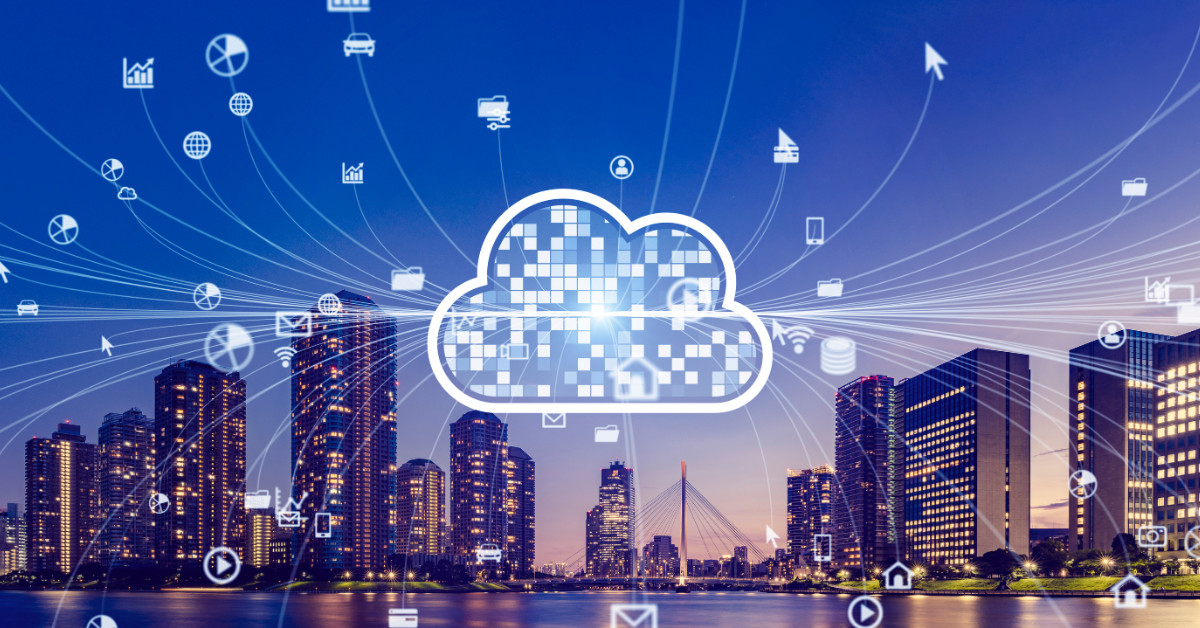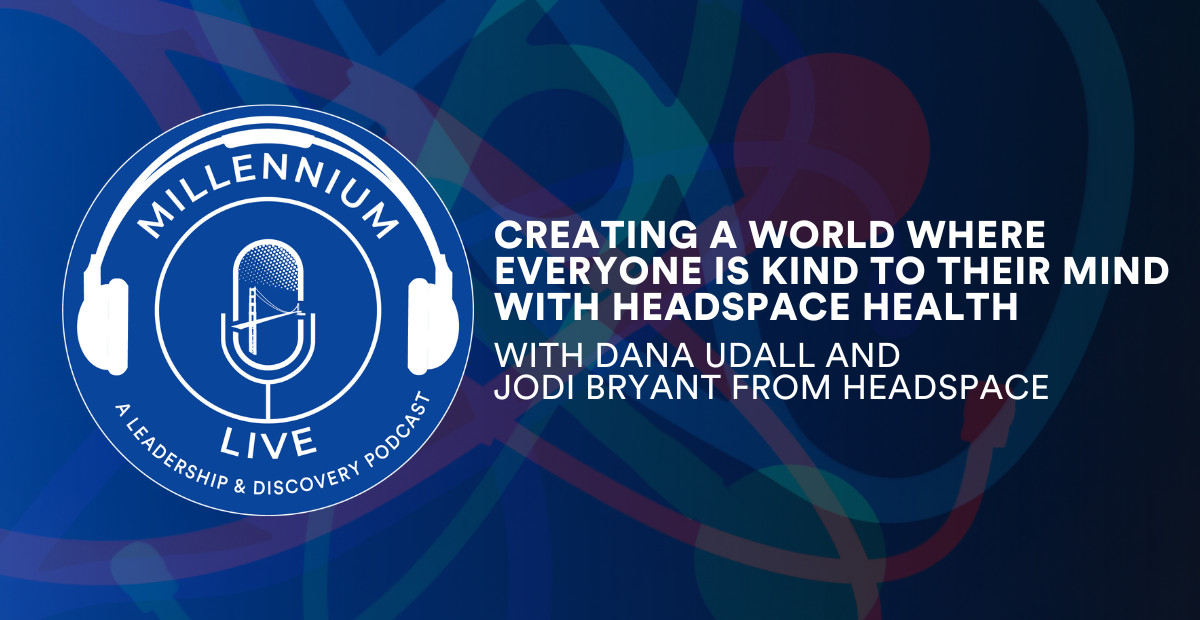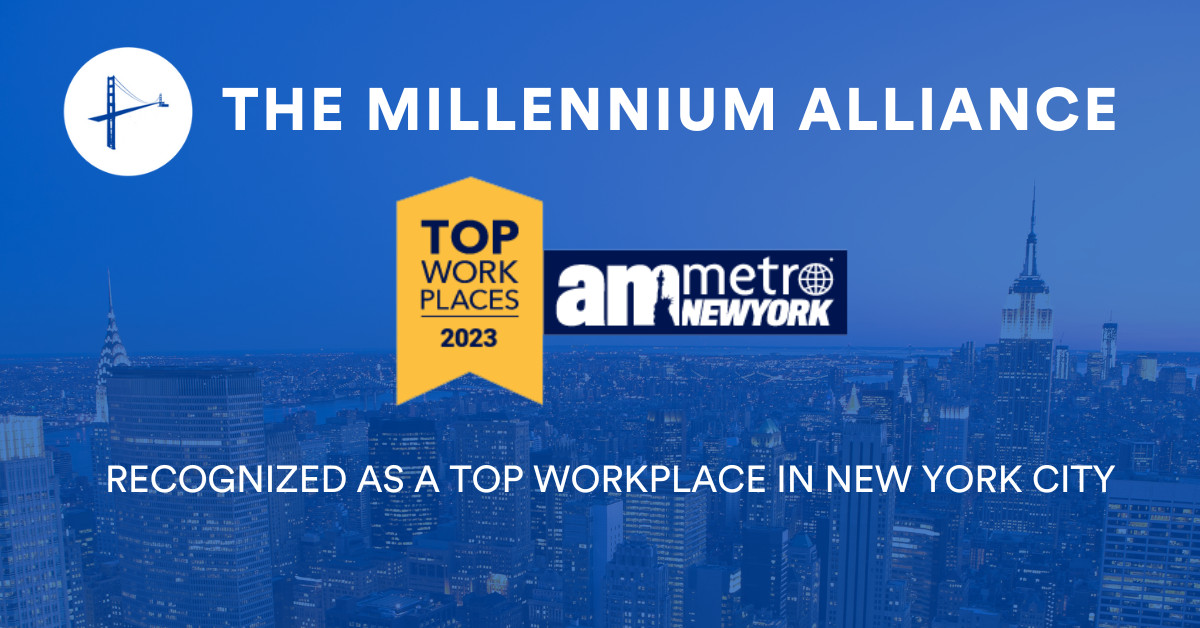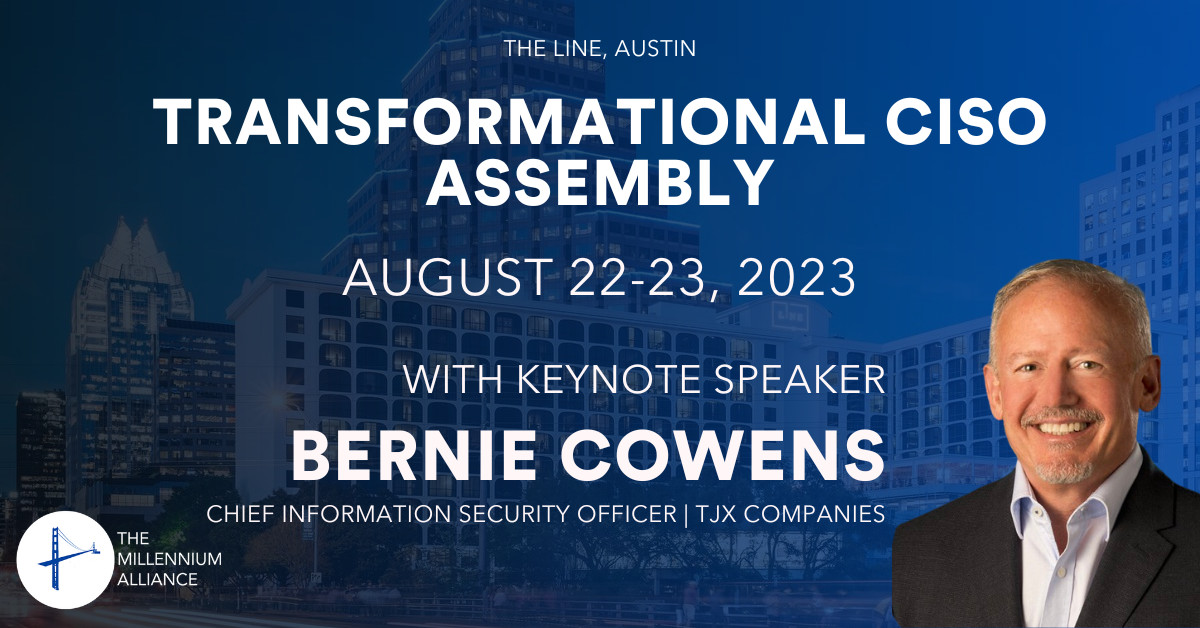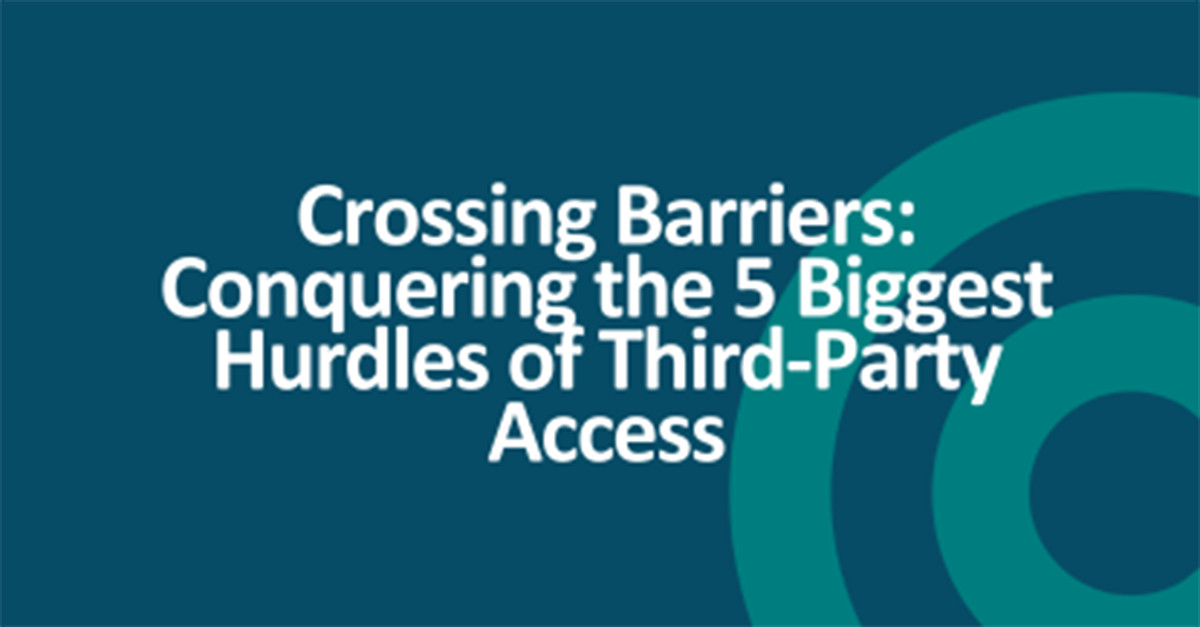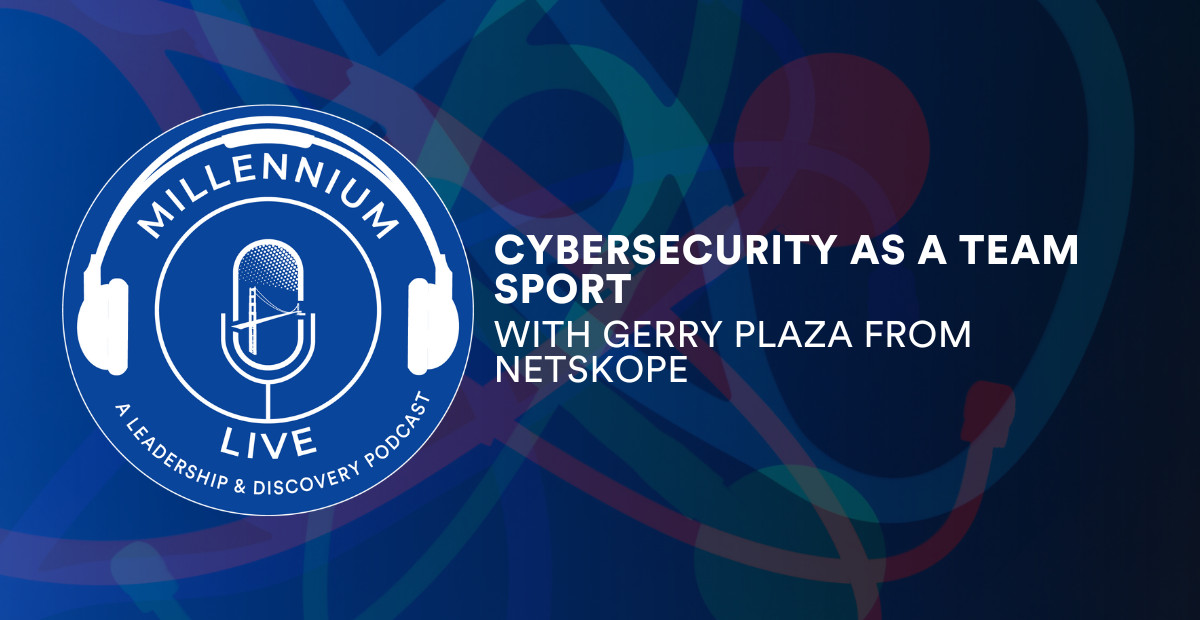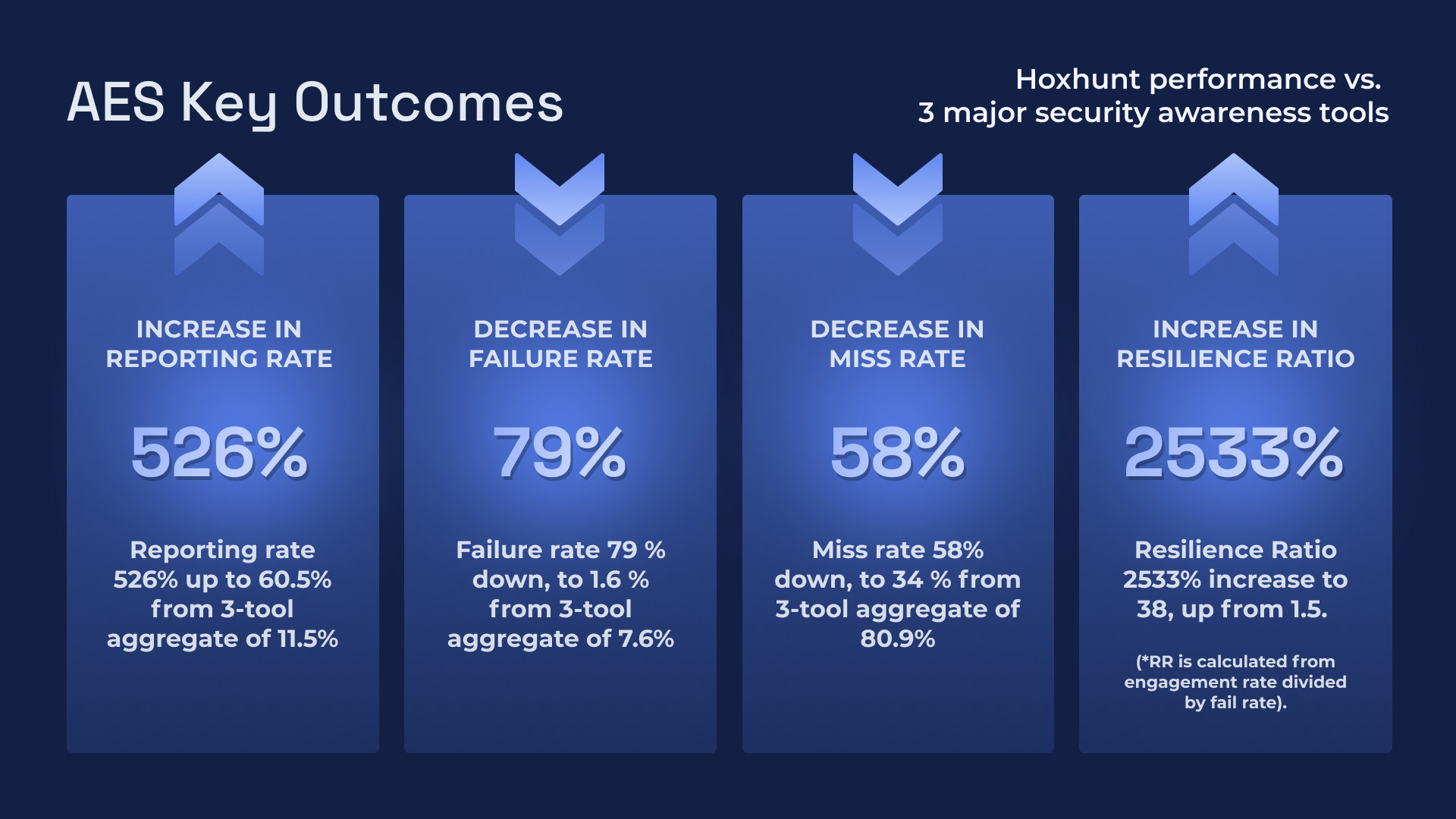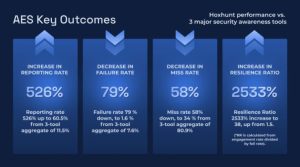Contributed by Talkdesk
In their efforts to deepen customer relationships in the face of economic uncertainty, many forward-thinking brands have transitioned from helping customers in an efficient, yet seemingly transactional way, to understanding and engaging with each customer as an individual. Increasingly, they are looking to push service experiences further into ongoing interactive engagements that no longer feel like one-off interactions.
This Talkdesk Research report, based on a global survey of 303 CX professionals employed by Retail and eCommerce organizations with more than 200 full-time employees, explores brands’ evolving ambitions for customer service and the steps leaders can take now to be well-positioned for success going forward.
View Talkdesk’s interactive report to learn more about:
- How leading brands are working to deliver interactive and unified customer experiences.
- The issues brands are facing that undermine their existing customer service goals.
- Why customer support is expanding beyond agents and store staff, and how to prepare.
Read Talkdesk’s full interative report here
About Talkdesk
Talkdesk® is a global cloud contact center leader for customer-obsessed companies. Their automation-first customer experience solutions optimize their customers’ most critical customer service processes. Talkdesk’s speed of innovation, vertical expertise, and global footprint reflect their commitment to ensuring that businesses can deliver better experiences across any industry and through any channel, resulting in higher customer satisfaction and accelerated business outcomes.
To learn more visit www.talkdesk.com.
